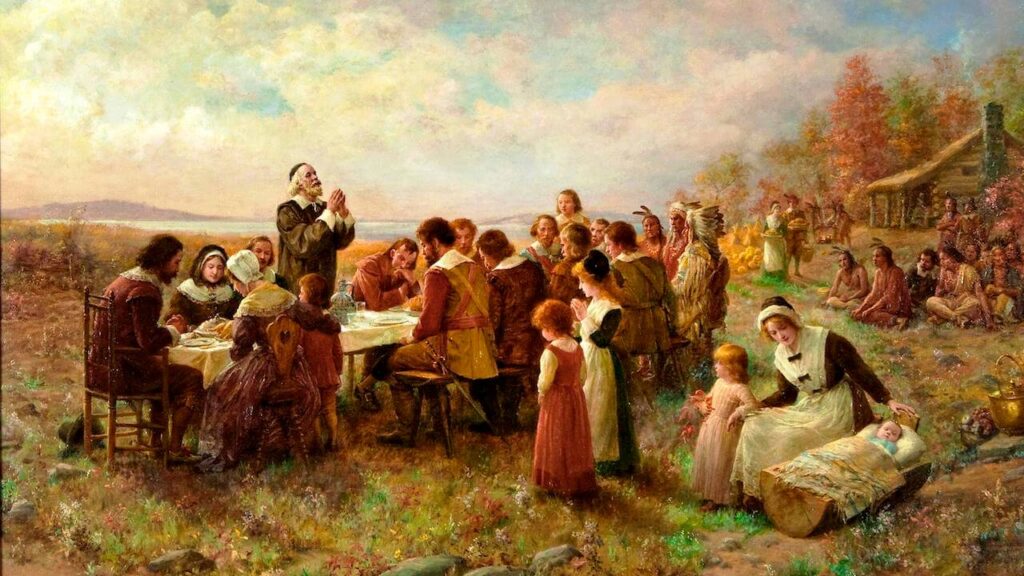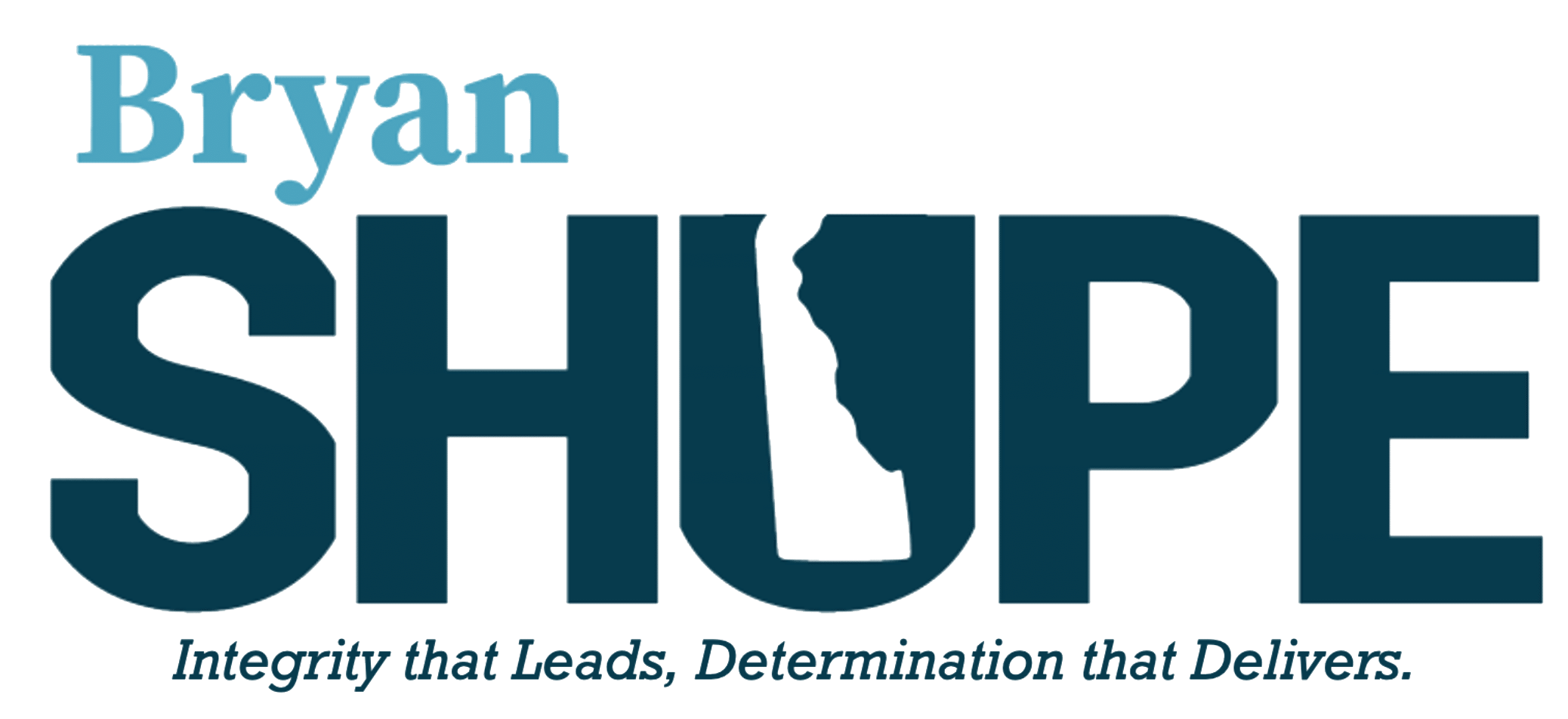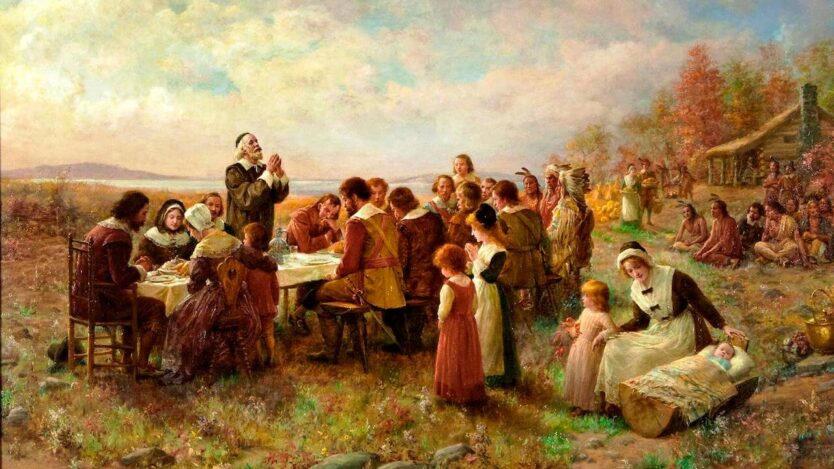At the Pilgrim Hall Museum in Plymouth, Massachusetts, one can find The First Thanksgiving at Plymouth painting from 1914 by Jeanne Augusta Brunscombe. This oil-on-canvas artwork depicts the first Thanksgiving in 1621, capturing a modernized, idealized portrayal of English settlers and Native Americans celebrating their first harvest together, symbolizing friendship and gratitude. Within the museum, visitors can also explore artifacts from the Pilgrims’ first settlement, including Governor William Bradford’s Bible, the crib of Peregrine White—the first child born in the New World—and a cooking pot once owned by Miles Standish. Remarkably, some of these artifacts are depicted within Brunscombe’s painting, tying together historical reality and artistic representation. These items—representing God, family, future generations, and the harvest—embody the essence of Thanksgiving, a meaning that endures to this day.

First and foremost, Thanksgiving calls us to express gratitude to God, our Creator. It is not merely for the bounty laid before us but for the journeys and trials that have brought us to moments of reflection and thankfulness. Governor Bradford’s Bible is a poignant symbol of this gratitude. It accompanied the Pilgrims across the Atlantic Ocean, through their first harrowing winter when over half of the settlers perished, and served as a source of spiritual fortitude. Bradford read from this Bible to encourage and remind the Pilgrims of their divine purpose: to pursue religious freedom amidst unimaginable uncertainty and hardship.
The Pilgrims’ journey paralleled the biblical story of the Israelites, who endured hardships in their exodus from Egypt but found assurance in God’s promises. Just as the Israelites reached the Promised Land, the Pilgrims believed that their trials would lead them to a place where they could freely worship. Today, as we gather for Thanksgiving, let us remember the Creator who has carried us through our struggles, won our battles, and redeemed us through His Son. It is through Christ’s sacrifice that we live in grace, and when we surrender our lives to God, we reflect His love by serving others.
Secondly, Thanksgiving calls us to cherish our families, particularly the younger generations who will carry forward our traditions and values. Peregrine White, born aboard the Mayflower in the New World, symbolized the beginning of a new chapter for her family and community. Her life, like all of ours, was significant in shaping the cultural and historical legacy of those who came after her. As parents, mentors, and members of families, we have the privilege and responsibility to nurture and inspire the next generation.
This holiday is an opportunity to instill in our children virtues such as the triumph of good over evil, the value of truth, the rewards of discipline, and the importance of finding happiness in immaterial things—self-worth, family closeness, and generosity. Let us be thankful for the bonds of family and for the chance to build strong, supportive homes where children can grow into independent, compassionate individuals who impact the world for the better.
Lastly, Thanksgiving invites us to honor the harvest and those who provide for our sustenance. From farmers who labor tirelessly to produce the food we consume to the hands that prepare and serve it, these contributions are the foundation of our physical well-being. It is vital to remember that our sustenance comes from the land, soil, air, and sea—not from packages or boxes. Gratitude also extends to the peace and safety that allow us to share meals with loved ones. Our military, law enforcement, and first responders sacrifice daily so that we can enjoy these moments of connection and relaxation without fear. Their dedication ensures the freedoms and security we so often take for granted.
Thanksgiving, then, is a time to pause amidst the busyness of life, reflect, and give thanks for the many blessings we often overlook. Before the day becomes consumed with cooking, socializing, and football, I encourage you to take a moment to pray, reflect, and write down what you are grateful for. Physically documenting these reflections deepens our practice of gratitude and serves as a tangible reminder of the blessings in our lives.
As we transition from Thanksgiving to the Christmas season and begin setting New Year’s resolutions, let this list of gratitudes guide us toward meaningful, transformative goals. Like those who participated in the first Thanksgiving, we too can aspire to build a future rooted in faith, family, and community. Their legacy reminds us that even in the face of adversity, gratitude has the power to unite, inspire, and sustain us.


